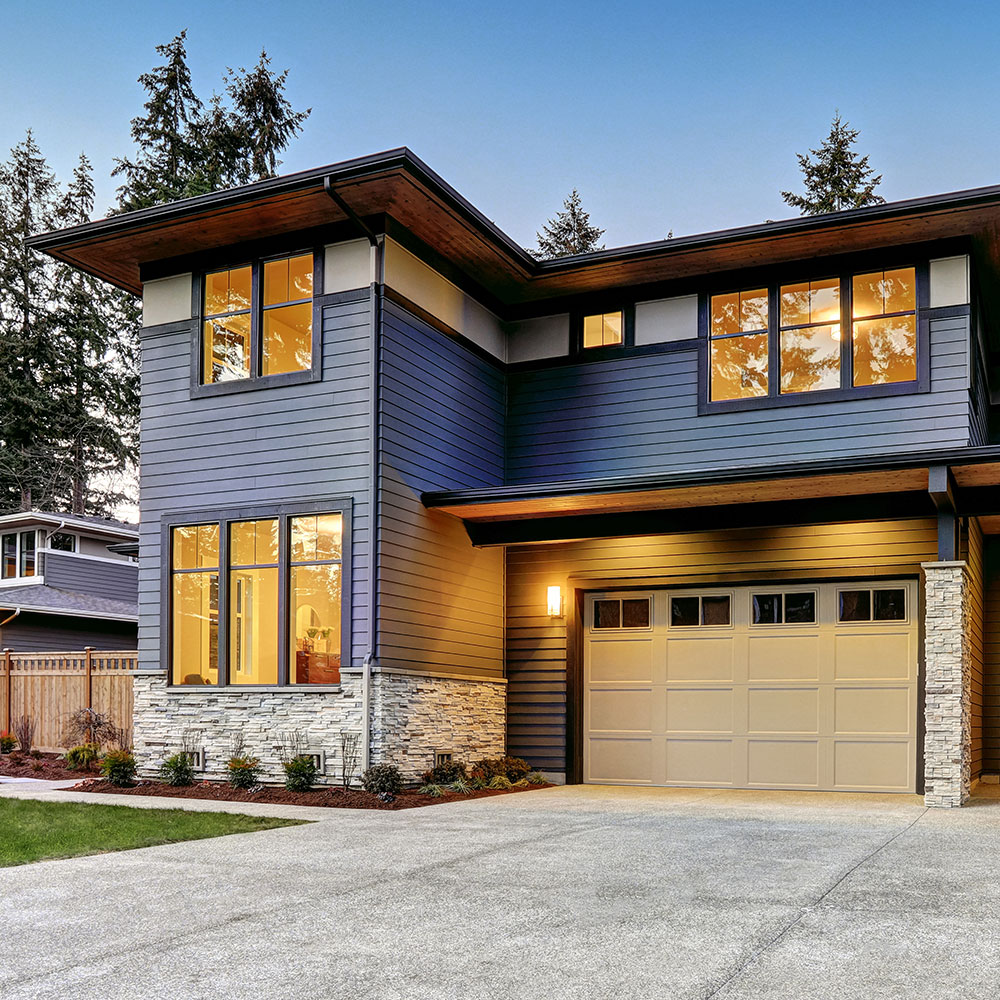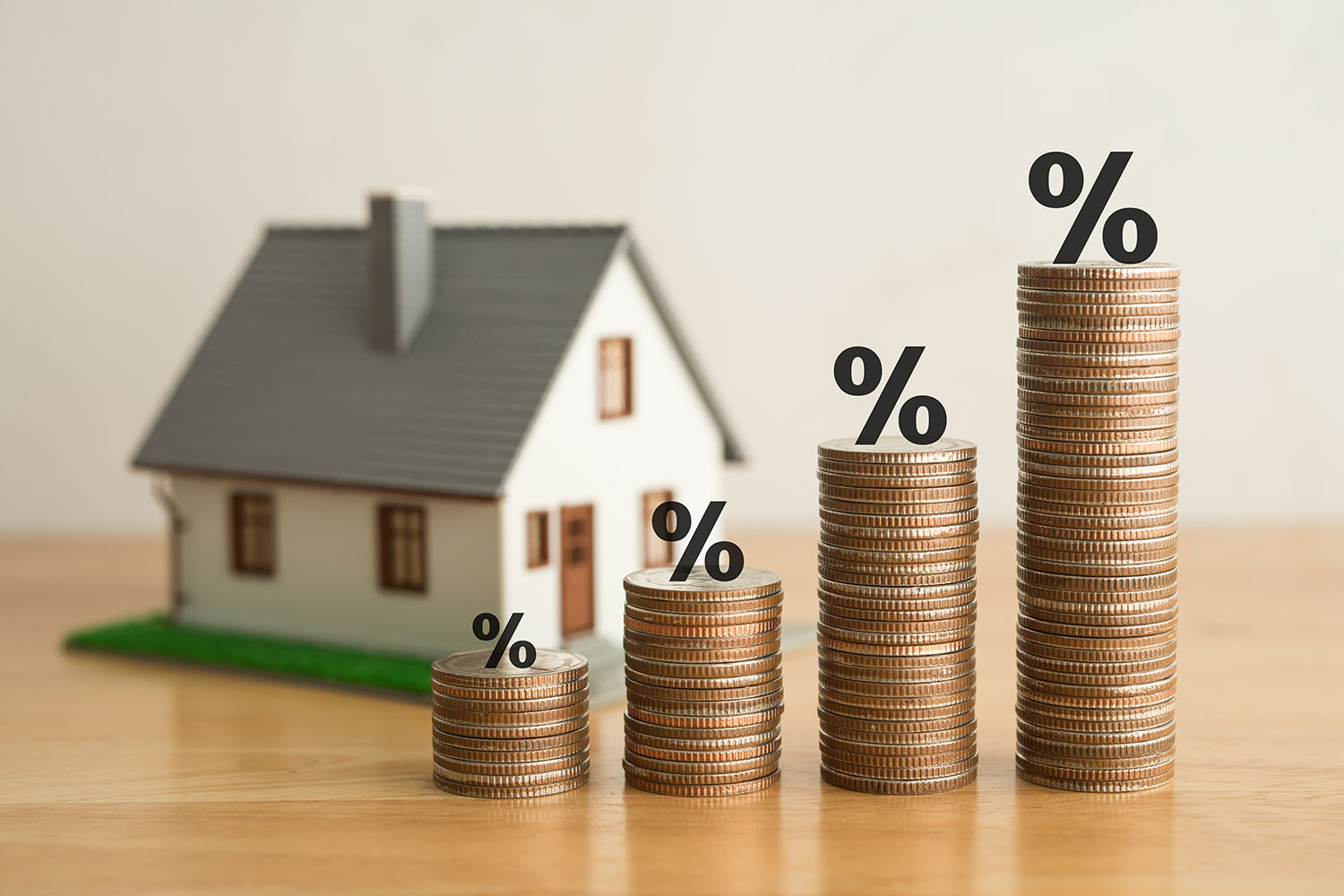When seeking a mortgage, you'll encounter various options, but two primary types stand out: the fixed-rate mortgage and the adjustable-rate mortgage (ARM).
Each has its unique features, benefits, and considerations. In this guide, we’ll explore the differences between these two mortgage types, delve into what an ARM is, examine the various types of ARMs, discuss the transition after the fixed-rate period, and explain why you might consider an ARM.
Differences Between an ARM and a Fixed-Rate Mortgage:
A Fixed-Rate Mortgage:
- Features a constant, unchanging interest rate throughout the life of the loan.
- Offers predictability, as monthly payments remain consistent.
- Suits those who prefer stability in their housing costs.
An Adjustable-Rate Mortgage (ARM):
- Involves an initial fixed-rate period (e.g., 5, 7, or 10 years) followed by an adjustable interest rate.
- Provides lower initial interest rates, making it an attractive option for those who want to save in the short term.
- Is influenced by market conditions, potentially leading to fluctuating monthly payments.
What is an Adjustable-Rate Mortgage and How Does It Work?
An ARM begins with a fixed-rate period during which the interest rate remains constant. This period, typically lasting 5, 7, or 10 years, offers stability and lower initial payments compared to a traditional fixed-rate mortgage. After this fixed period, the interest rate adjusts periodically based on a specific financial index, often tied to the prevailing market interest rates.
Different Types of ARMs
- 3/1 ARM: The interest rate is fixed for three years and adjusts annually thereafter.
- 5/1 ARM: The interest rate is fixed for five years before annual adjustments.
- 7/1 ARM: Provides seven years of fixed interest, followed by annual adjustments.
- 10/1 ARM: Features ten years of fixed-rate payments, with annual adjustments afterward.
After the Fixed-Rate Period, What Happens to My Interest Rate?
Once the fixed-rate period expires, your interest rate can change. This adjustment depends on the ARM’s terms and the financial index it’s linked to. Your lender will calculate the new interest rate based on the index’s performance and a predetermined margin. The interest rate can go up or down, potentially causing fluctuations in your monthly payments.
Why Should I Consider an ARM?
There are several reasons why you might opt for an ARM:
- Lower Initial Payments: ARMs usually start with lower interest rates and, subsequently, lower initial monthly payments, making homeownership more accessible.
- Short-Term Plans: If you plan to own your home for a limited period, an ARM can offer cost savings during the fixed-rate phase.
- Interest Rate Expectations: If you anticipate declining interest rates, an ARM can be a wise choice, potentially leading to long-term savings.
- Financial Flexibility: ARMs suit borrowers who can adapt to fluctuating interest rates and monthly payments.
- Investment or Payoff Plans: If you’re confident you can invest or pay off your mortgage before the adjustable phase begins, an ARM can be advantageous.
However, it’s essential to be aware of the risks. Interest rates can rise, potentially causing increased monthly payments. Ensure you understand the terms of your ARM and have a financial plan in place to manage rate adjustments.







